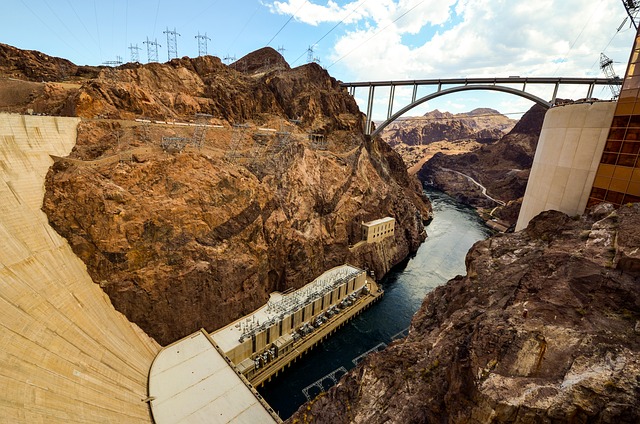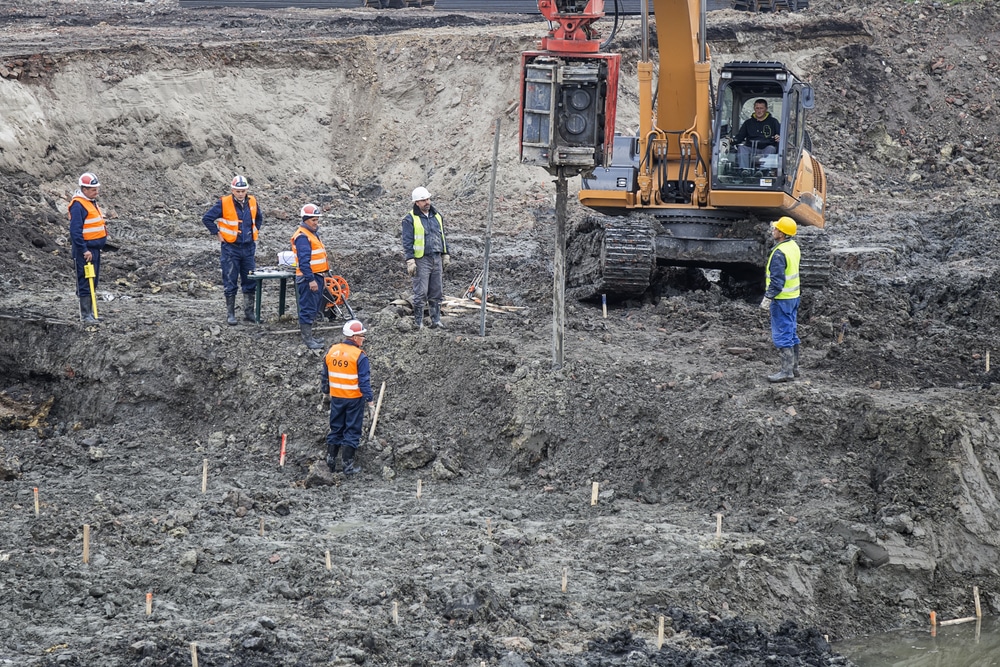Consulting Civil Engineering Companies Providing Geotechnical Solutions
Wiki Article
Exactly How Consulting Engineers Enhance Geotechnical Design Projects: Insights Into Their Expertise, Methodologies, and Collaborative Approaches
Consulting designers are pivotal in enhancing geotechnical engineering tasks, applying their specialized knowledge to browse the complexities of subsurface conditions. Their joint methods foster interaction among diverse task stakeholders, inevitably shaping the job's trajectory.Duty of Consulting Engineers
The competence of consulting engineers in geotechnical engineering is fundamental to the effective implementation of construction projects. These experts play a crucial role in examining dirt and rock residential properties, which are critical aspects affecting layout and building choices. By performing comprehensive site investigations, seeking advice from designers accumulate important information that notifies the style procedure, making sure jobs are constructed on secure and suitable ground.Consulting engineers also provide important insights into threat management (geotechnical geologist). They determine prospective geotechnical risks, such as landslides, soil liquefaction, and settlement concerns, enabling stakeholders to execute effective mitigation strategies. Their proficiency aids in maximizing structure designs, which can bring about substantial expense savings and enhanced safety and security
Furthermore, getting in touch with engineers act as an essential link between project proprietors, engineers, and contractors. Their ability to convert complicated geotechnical information right into workable referrals promotes collaboration and assists in informed decision-making throughout the task lifecycle. This multidisciplinary technique not only boosts job performance however additionally makes certain compliance with governing requirements and best methods.
Secret Methodologies in Geotechnical Design

One main method is website examination, which involves performing field tests and lab evaluations to collect information on subsurface problems. Strategies such as Standard Penetration Screening (SPT) and Cone Infiltration Screening (CPT) are extensively made use of to review soil stratigraphy and toughness. In addition, geophysical approaches, consisting of seismic and electric resistivity studies, provide non-invasive means to examine subsurface features.
An additional critical methodology is numerical modeling, which enables engineers to simulate various scenarios and predict how soil-structure interactions will certainly act under various loading problems. Limited Element Analysis (FEA) is a common technique utilized in this context.
In addition, the layout of foundations, retaining frameworks, and earthworks counts greatly on these approaches - geotechnical geologist. By incorporating innovative analytical devices with area data, speaking with designers can establish tailored options that attend to particular job difficulties, eventually adding to the security and security of building tasks
Relevance of Soil Analysis
Dirt evaluation functions as a foundational aspect in geotechnical engineering, providing crucial insights into the physical and chemical residential or commercial properties of soil necessary for efficient building planning. Understanding dirt attributes is vital for determining its load-bearing capability, water drainage habits, and possibility for settlement or instability. In-depth dirt examinations, consisting of tasting and research laboratory screening, aid identify specifications such as dirt kind, moisture content, thickness, and shear toughness.
These evaluations notify the selection of appropriate building and construction strategies and materials, eventually influencing project safety and security and longevity. As an example, cohesive soils might require different structure designs contrasted to granular dirts, necessitating tailored engineering services. Dirt analysis help in determining impurities that can pose dangers to human health and wellness or the atmosphere, permitting for the growth of reduction methods.
Incorporating dirt evaluation right into the beginning of project advancement helps to reduce unpredicted difficulties, guaranteeing that designers can anticipate and deal with prospective concerns before they rise. By developing a thorough understanding of the website problems, getting in touch with designers can enhance design efficiency and minimize costs, thereby improving the total success of geotechnical design jobs.
Collective Techniques in Jobs
Effective geotechnical projects commonly hinge on joint techniques that unite varied experience from different techniques. Reliable partnership amongst seeking advice from engineers, geologists, environmental researchers, and building professionals is important for addressing complex challenges and optimizing project end results. By leveraging the unique abilities and understanding of each staff member, tasks can take advantage of a holistic understanding of the site conditions, regulatory requirements, and design restraints.click site Normal communication and interdisciplinary meetings promote the sharing of insights and promote a culture of teamwork. These joint efforts allow the recognition try this site of potential dangers early in the job lifecycle, enabling timely reduction approaches. Integrating feedback from stakeholders, consisting of local communities and governing agencies, guarantees that all point of views are taken into consideration, boosting project acceptance and compliance.
Furthermore, the assimilation of innovative modern technologies, such as Geographic Information Systems (GIS) and Building Information Modeling (BIM), further enhances collaboration. These tools enable for the real-time sharing of data and visualization of geotechnical conditions, advertising notified decision-making. Eventually, a joint strategy not just simplifies task implementation yet likewise lays the foundation for innovative services to complex geotechnical engineering challenges.
Effect On Task End Results

Consulting designers employ innovative methods such as risk evaluation and anticipating modeling, which improve the accuracy of task forecasts. Their capability to incorporate innovative modern technologies, like geotechnical instrumentation and information analytics, even more improves the design and building procedures. As a result, tasks experience improved efficiency, minimized prices, and minimized hold-ups.
Moreover, fostering effective interaction and collaboration amongst employee boosts analytical abilities. When difficulties develop, an unified front allows for swift identification of options, preventing prospective obstacles. Inevitably, the collaborative efforts of consulting engineers add to better results, making sure that tasks fulfill both regulatory standards and customer expectations.
Conclusion

Report this wiki page